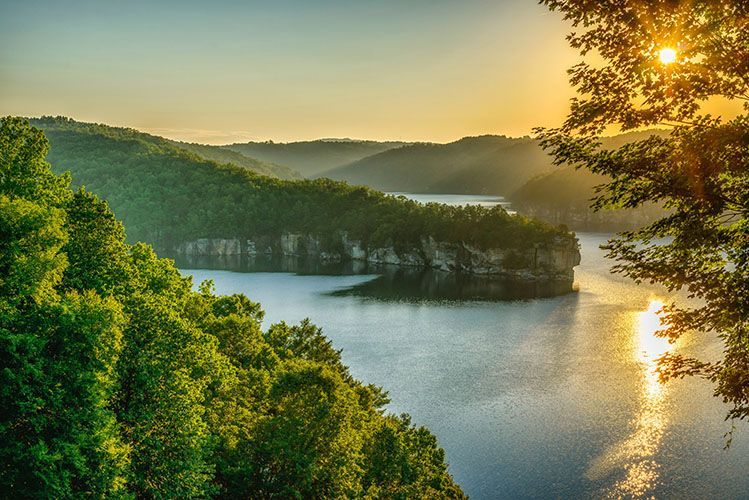Aquamation and & Green Burial
Aquamation and Green Burial Information

Aquamation: The Science Behind Water Cremation
Aquamation, also called alkaline hydrolysis or water cremation, is a modern process for handling human and pet remains with significant ecological advantages. Unlike flame-based cremation, aquamation uses a highly alkaline solution (usually 95% water and 5% potassium or sodium hydroxide) to accelerate the natural breakdown of tissue. The body is placed in a stainless steel vessel where heated water and alkali gently dissolve organic matter, leaving behind bone minerals that are processed into a powder similar to traditional cremated ashes. The average procedure requires less energy and results in minimal emissions, making it a preferred choice for those concerned with sustainability.
This process can take anywhere between 6 to 20 hours depending on temperature settings; the final product is a sterile, mineral powder returned to loved ones in an urn. All non-organic implants are separated and handled respectfully or recycled, highlighting the process's commitment to environmental stewardship. The effluent—nutrient-rich sterile water—is safely treated through municipal facilities, closing the ecological loop by re-entering the natural water cycle.
Green Burials: A Natural Return
Green burials prioritize minimal disturbance, low-impact land use, and complete biodegradability. No embalming fluids—often laden with formaldehyde—are used, and caskets are made from biodegradable materials like untreated wood, woven fibers, or linen shrouds. Concrete vaults, metal caskets, and synthetic fabrics are avoided. The deceased is laid directly into the soil, allowing natural decomposition and promoting ecosystem renewal.
These practices align with the values of families seeking authentic, cost-effective, and environmentally sound memorials. Green burial ground sites increasingly collaborate with land trusts, ensuring land preservation and supporting local flora and fauna. Costs can be significantly lower than traditional burials, especially outside major cities, and the rituals invite greater family participation, reinforcing community connection during the farewell process.
Eco-friendly alternatives—such as human composting—are also emerging. These methods promise still lower carbon footprints by converting bodies into soil through accelerated aerobic decomposition, meeting the growing demand for green alternatives nationwide.
Current Trends and Market Growth
Eco-consciousness and demographic trends are rapidly shifting burial preferences. Although cremation (flame-based) predominates in the United States due to convenience and lower costs, green and natural burial options have surged in popularity, especially with baby boomers seeking authenticity and environmental alignment near the end of life. The number of certified green cemeteries has climbed steadily, with nearly 500 identified as of 2025—up from 150 less than a decade ago.
Surveys show over 60% of Americans express interest in exploring green alternatives, though fewer than 10% currently choose them. Legislative changes have also heightened availability, making aquamation legal in approximately half of U.S. states.



